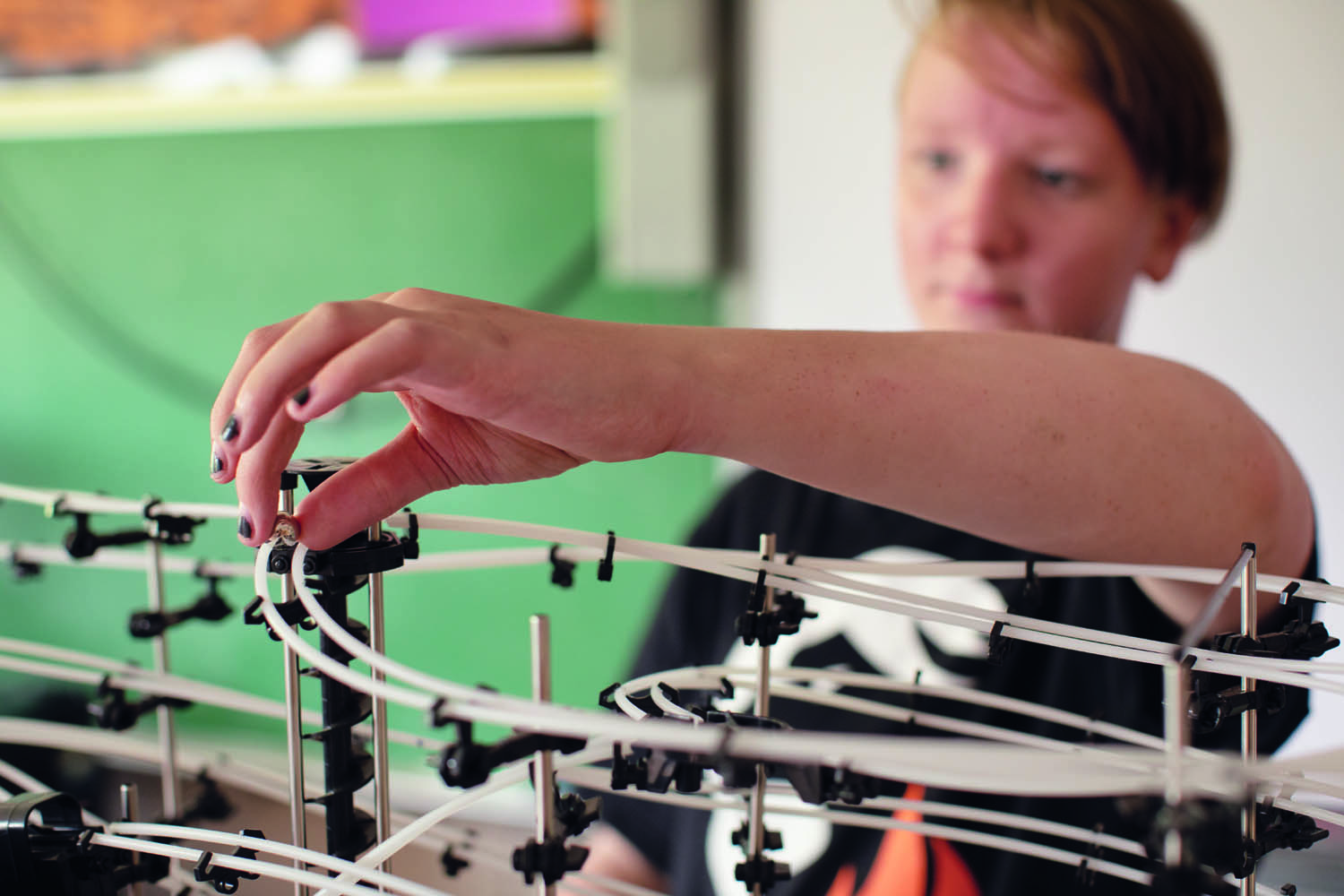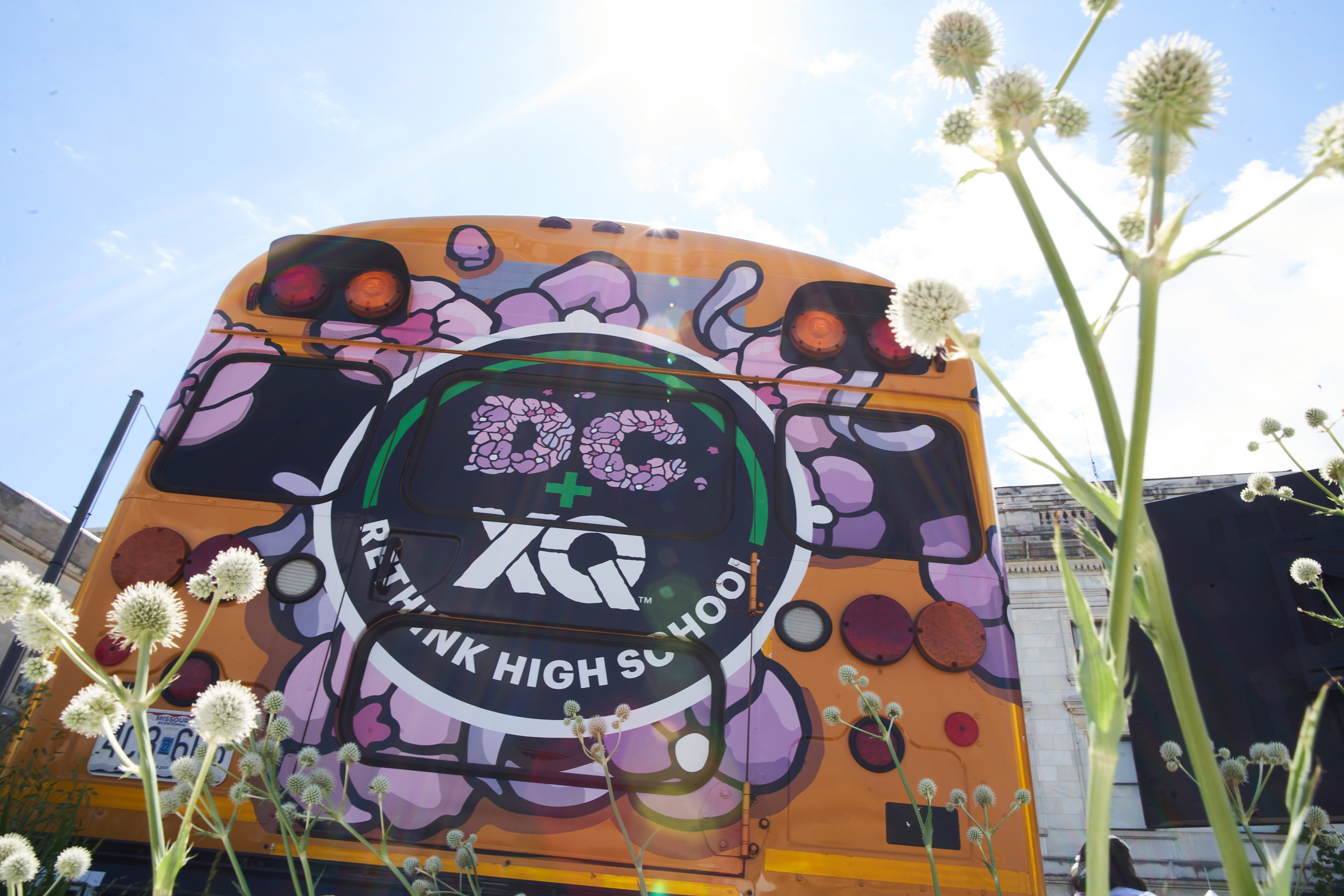3 Common Elements of Meaningful Learning Environments
Creating a meaningful learning environment for students can make a huge difference in student success. Here's how you can get started.

It’s March! So that means we are continuing our focus on XQ School Design Principles with a month-long series on meaningful learning that engages all students.
Remember that scene in Ferris Buehler’s Day Off, where the history teacher lectures on the Soviet Union and the students sit with glazed looks on their faces—the one where the punchline of the joke is the absurd level of student boredom? The scene seems to be representative of a dry and emotionless approach to learning that makes American high schools feel antiquated and drab.
At XQ, we take that scene as an image of what learning in America has been, but not what it should be and definitely not what it can be. We are constantly thinking about how best to design schools in order to instigate meaningful and engaged learning and often ask what innovative approaches to teaching will get us there. And, we’ve found that real-world, interdisciplinary learning experiences best enable students to build knowledge, develop complex skills, and prepare students for the next steps of their lives.
Learning Is Meaningful When It Is Connected to Students
XQ schools prove that there is no “one way” to engage students and spark creativity. Their approaches range from community creation to collaborative project design to new approaches to computer science. But, after looking at how some XQ schools get it done, we’ve found a few universal themes that we wanted to share—Now, let’s get to it!
(1) Make Learning a Social Experience
Learning is not a solitary experience; it’s a social one. One that occurs in a web of experiences and connections. And, while creating a community may not seem directly related to meaningful learning, research shows that students learn best when they feel a strong sense of community. In fact, creating a sense of belonging is a necessary step in making students feel motivated, welcomed, and valued. A strong sense of community can encourage students to participate in class, determine their level of engagement, and even predict their learning outcomes.
That’s why XQ schools take innovative approaches to cultivating social learning experiences and root learning in a community. From beginning school by gathering in a circle to discuss learning goals to learning through a series of 6 collaborative group projects, XQ schools’ success stems from building a learning hub: a place where students feel tight-knit social connections and make learning a shared experience.
(2) Let the Students Choose
XQ schools find that students are often incredibly intuitive. They can have an understanding of what is working in the classroom and what isn’t—things that educators sometimes miss or might not immediately notice. By asking students to lead their own learning and make decisions relating to the material they study, how projects are run, and so on, research shows we can boost their engagement and spark their motivation.
This concept of student participation in classroom decisions is a hallmark at Crosstown High School—an XQ school located in Memphis, Tennessee—where students are asked to lead their own learning experiences. This approach to learning places students at the forefront of their education, challenging and engaging them in every process of learning: “It forces you to learn about yourself and learn what’s best for me and ask myself what environments do I learn best in,” explained Vera, a sophomore at Crosstown High.
(3) Bring Learning Into Context
Research shows that when students understand how their projects are applicable to real life, they are more likely to engage in learning activities: Tell them how projects mirror real-life situations, explain how what they are learning leads to a career path, and—most importantly—teach them how what they are learning relates to urgent and important issues.
No school places learning in context quite like Washington Learning Academy—an XQ school in Washington D.C.—where students learn not only the basics of computer science but also how technology influences the world we live in. The students at WLA take an interdisciplinary approach to learning and study at the intersection of technology and public policy. They learn to see the world through a lens of equity and social justice and engage with the work on a deep and meaningful level.
For more on meaningful learning, see:
- Need Help Navigating the Shift to Student-Centered Learning? This Compass Can Help
- These High School Students Are Learning From Local Businesses Insteada of Textbooks
- The Transformative Magic of “Doing” Learning, Instead of “Receiving” Learning
Does your school do it differently? Have you found a new and effective way to engage your diverse student body and learned to promote revolutionary learning experiences? XQ wants to hear about it! Tell us about it using #ReThinkHighSchool on social media or consider signing up as an XQ Blog Contributor.










